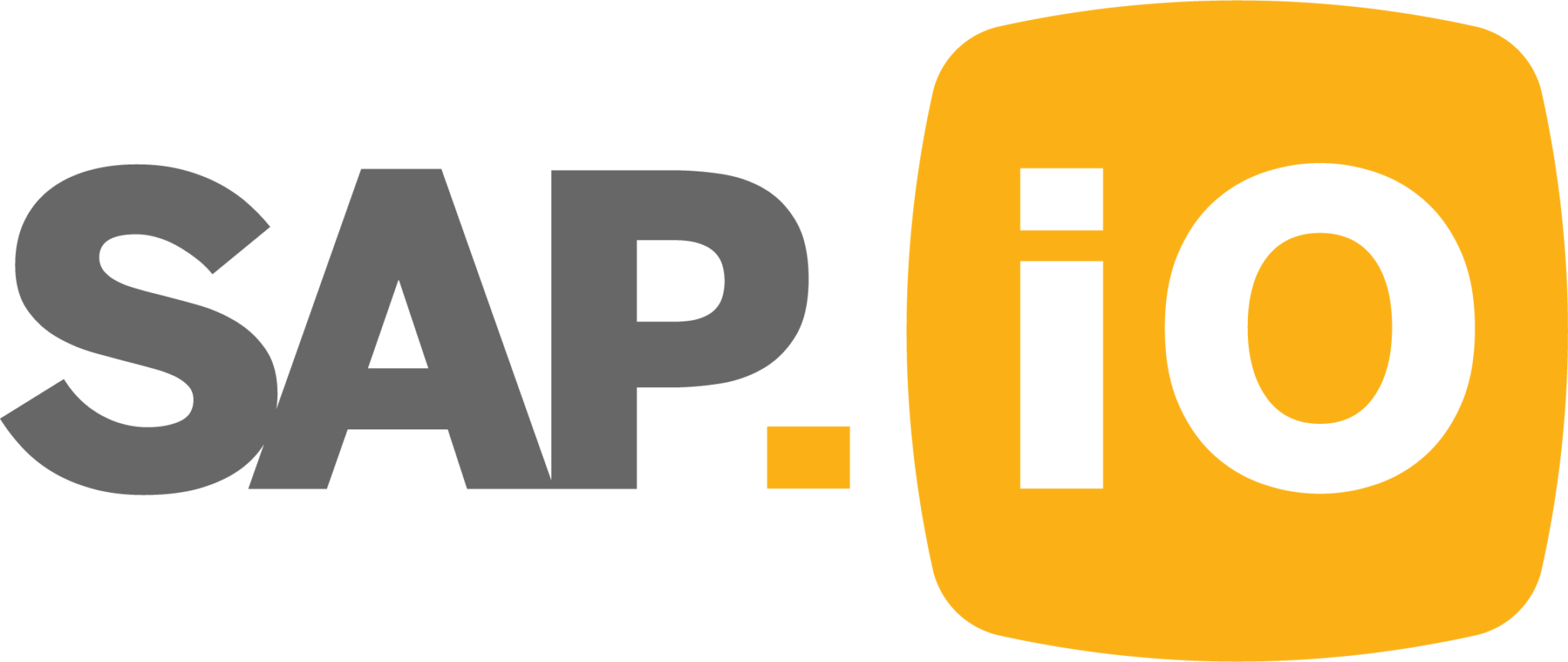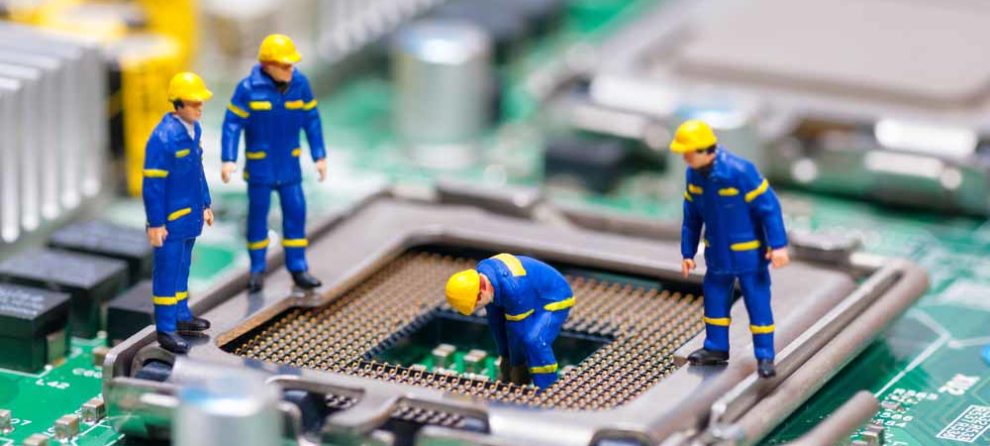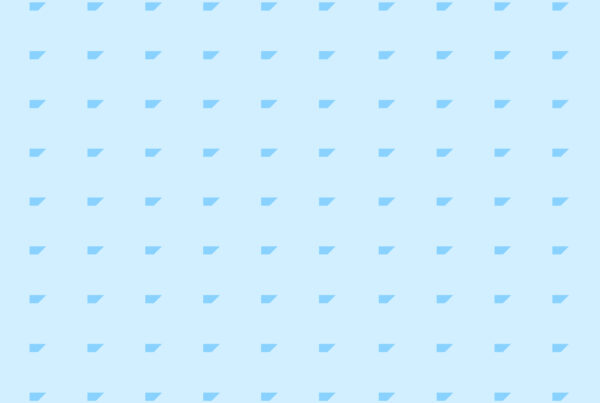SAP invests in a lot of promising startups, and it’s sometimes hard to keep track of all of them. E-3 Magazine has selected the most interesting companies to showcase in our SAP Startup Spotlight Series. In this article, we will take a look at Future Grid.
Chris is the co-founder and CEO of Future Grid. He is dedicated to helping utilities around the world to integrate renewables at scale and thus decarbonising the grid. With over 20 years of experience in the energy market working for companies like AusNet Services, AGL in Australia, and the startup GridNet in San Francisco, he is well connected within the industry. Chris is a wine connoisseur, a coffee lover, and enjoys riding his bike. In this interview, he talks about what his company has to offer and what’s next for Future Grid.
E-3 Magazine: What exactly does Future Grid offer?
Chris Law: Future Grid is a software that turns smart meter data into improved grid reliability, asset management, and customer safety. Our software creates new visibility into the health of critical yet ‘invisible’ electricity assets such as wires, transformers, and fuses in support of the transition to renewable energy. Using Future Grid’s software, utilities are empowered to manage the increasing shifts in power quality due to renewables. Utilities can then deliver safe and reliable electricity to their customers. That’s how Future Grid is enabling the renewable grid of the future.
How does your solution work?
Law: Future Grid is a software that works by creating a real-time feedback loop that updates key utility systems with real-time insights from invisible assets within the grid. The Future Grid software has been designed to integrate many different sources within the utility, including smart meters, to create a near real-time ‘map’ of grid assets and network health. Future Grid will then execute a range of real-time analytics and integrate the results back into key systems such as SAP, ADSM, and GIS for operational actions. We call this the feedback loop, as for the first time, utilities have the ability to take grid edge data from smart meters (and in the future DER) and feedback real-time insights to help inform grid operations and control.





